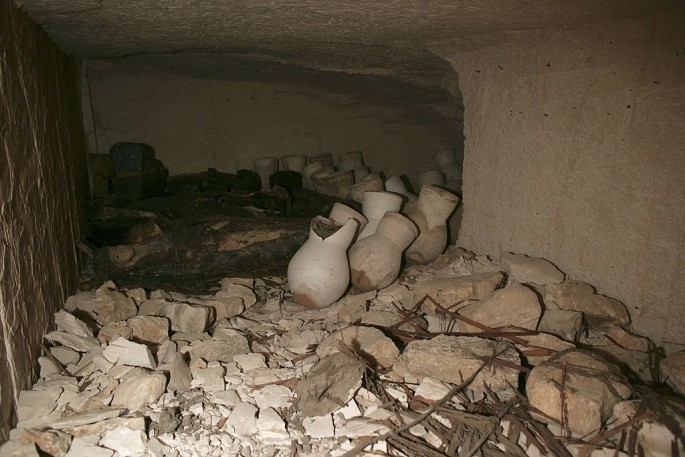A team of Swedish archaeologists has made a new discovery in Egypt, uncovering a total of 12 tombs. The tombs include multiple juvenile and animal burials, crypts cut into rocks, and niches that have been used in offerings.
The discovery was made in Gebel el Silsila, a prehistoric sandstone quarry site along the banks of river Nile that dates back to 3,600 years ago. This is the same period when Amenhotep II and Pharaoh Thutmose III reigned and the same age that some of Egypt's most famous kings lived.
Gebel el Silsila is said to have served as a major quarry site back in the 18th dynasty when many great temples were built. Stones that constructed such places as Luxor and temple of Karnak are believed to have been extracted from there.
But that was not the only role of the site. John Ward, one of the assistant directors of the Gebel el Silsila Survey Project, told Live Science in an interview that the ancient site was also a major hub of commerce, political activity, and worship.
At the site, the archaeological team discovered several rock-cut tombs among which were three crypts cut into the rock. Two of them appeared to have been used for offerings while the other contained three individual infant burials plus a mass of animal remains belonging to crocodiles and sheep or goats.
According to The Seeker, the goats or sheep from which the remains belonged are believed to have been sacrificed. The reason for the presence of crocodile remains has not been uncovered, however. Various experts claim that either they may have been placed there intentionally or simply washed there by water.
Besides that, the archaeologists also unearthed a shallow grave with a stone covering. Inside it was a coffin which contained an infant wrapped in textile. Some of the burial gifts found at the site were necklaces, amulets, worked flint, ceramic vessels, and colored pebbles.
Other multiple burials, thought to be complete family entombments of members with varying ages, were also uncovered at the same chambers. The mummies were wrapped in linen, and their bodies revealed increased muscle attachments and fractures of elongated bones, further suggesting a labor-intensive environment.
The discovery of the 12 tombs is a huge step in uncovering the history of Egypt particularly because Thutmose III is thought to be the pharaoh linked to the exodus of the Israelites and one of the greatest leaders in Egypt's history. Here is a clip of nine more strange discoveries in ancient Egypt:



























